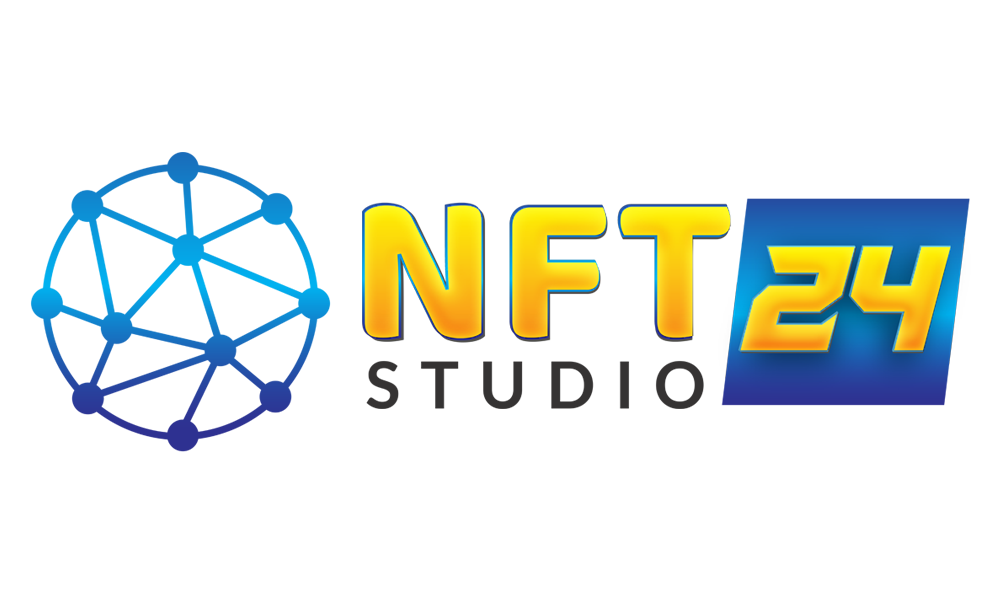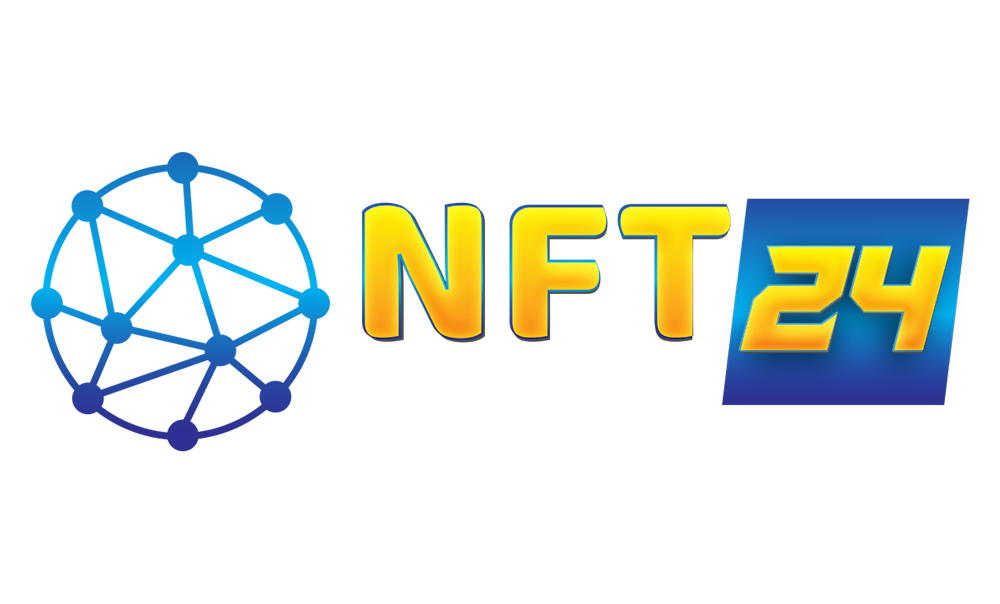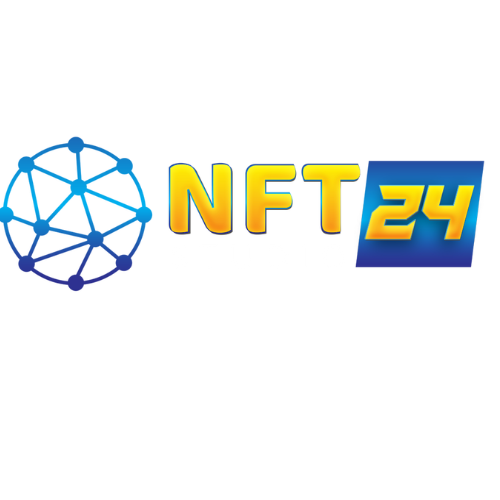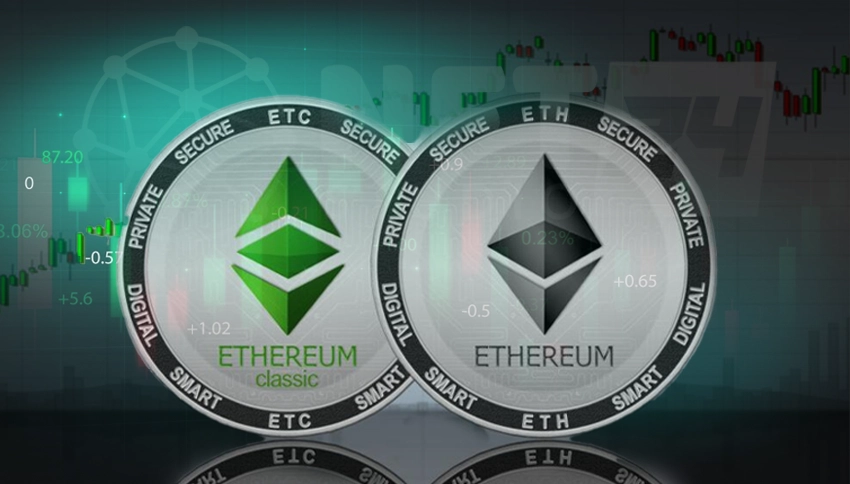Today, Ethereum (ETH) and Ethreum classic (ETC) are two different blockchains. This also makes them two different cryptocurrencies. However, once upon a time in the grand book of crypto history, they used to be one. They started out as one block chain that later split into two. Well, the truth is that cryptocurrency comes with its inherent uncertainty, as represented by one of the most talked about events in the history of crypto: the DAO hack.
Origins of ETH and ETC and the DAO Hack
The DAO hack began with hackers detecting a loophole in the smart contract governing the ETH block chain. DAO stands for “Decentralized Autonomous Organization” and it was created as a venture capital fund for the cryptoverse. Think of the DAO as a bank run on code instead of humans. Investors could use their cryptocurrency investments to have a say in how the bank functioned. At some point, a smart but disruptive group of people realized they could use a flaw in the code to cheat the DAO into letting them access its funds. All hell broke loose when the hackers were able to drain some 3.6 million Ether, valued at around $50 million at the time, into a “child DAO” that had the same structure as The DAO.
The Conflict and the Split
Following the DAO debacle, people developed a plethora of opinions. There were the hardcore optimists and fervent OG believers who wanted to keep the spirit of the philosophy behind blockchains alive. Doing so would obviously lead to no changes in the system and the blockchain to evolve on its own. The hack remains a part of the history of the system. On the other side were the revolutionaries who believed it was high time for blockchains to learn from the past and change their codes so the DAOs could be stronger and free of loopholes. This led to an inevitable split where the ETH blockchain divided into two. For the revolutionaries, there came the ETH Hard Fork. The hard fork saw the Ethreum blockchain go back on the fundamental promise of “immutability” of blockchain data, eliminate the hack, and return the funds to their rightful owners. The OGs disagreed with this blatant violation of the sacred principle of immutability which allowed blockchain transactions to remain unchanged under any circumstances. After all, the principle of immutability was the core value of blockchains. It promised stability and safety of data. The Hard Fork divided the platform into two blockchains: ETC and Ethereum. Needless to say, ETC was the one that retained its history of transactions and kept the spirit of decentralization and trust alive.
Now, because the basic model upon which ETH and ETC worked had changed, a series of changes followed. Today, ETH ETC are different from one another in the way they verify their transactions (consensus mechanism), token supply and monetary policy, market value, and developments in the network over time.
Consensus Mechanism
ETH follows the proof of stake model (PoS). In PoS, participants lock up a certain amount of the blockchain’s cryptocurrency as their “stake.” This stake acts as collateral and a show of commitment to the network. The participants are called validators. Validators then create a new block based on how much cryptocurrency they have staked, how long they have held it, and sometimes random selection or other network-specific criteria. Once selected, a validator creates a new block. The process involves collecting and verifying transactions from the network. Other validators can check the new block. They need to make sure that all the data in the block is valid. A new block is added only when all the validators approve of it. The model is appreciated for its energy conservation, less time consumption, and security.
ETH works on the Proof of Work model. The PoW creates new blocks through a long and complex process of computation carried out by miners. The first miner to succeed is the first to create the new block. Once a block is created, it is unchangeable and remains constant in the chain for anyone to see and validate.
Token Supply and Monetary Policy
ETH does not abide by a fixed token supply. Its rate of inflation has been capped at 4.5%. The chain’s monetary policy is flexible and can be changed as needed. ETC has a fixed token supply of about 210.7 million. The monetary policy is pretty much set in stone.
Market Value
Ethereum (ETH) is now the most well-known cryptocurrency with the largest market value due to its large user base. In contrast, Ethereum Classic (ETC) prioritizes immutability and upholds the original Proof of Work (PoW) concept. Despite its commitment to principles, ETC’s acceptability is limited, as seen by its smaller user base and market worth.
Network Developments and Upgrades
ETH has become more dynamic as it constantly integrates new updates to increase its outreach and ensure seamless functioning. It has gone through a series of upgrades in its system since its inception following the DAO hack. The chain prioritizes scalability. ETC is more focused on achieving stability and keeping the system in its original state of functionality. ETC tries to make the system more trustworthy and stable so there are very few changes. ETH and ETC share an interesting history. They have also attained the status of a case study within the crypto community. Starting from the same point, their split tells a story of the challenges blockchains face and the creative ways these challenges can be handles. Most importantly, a comparison of the two blockchains say a lot about the underlying philosophy behind blockchains and their place in the world of decentralization.











